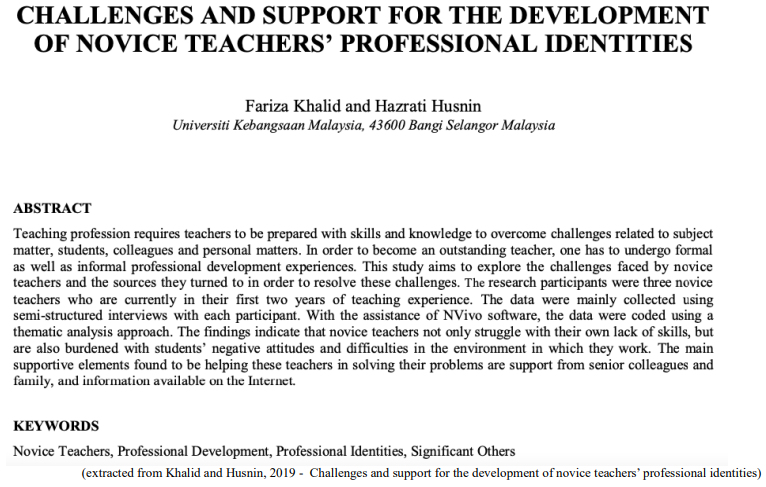Questões de Inglês - Interpretação de texto | Reading comprehension para Concurso
Foram encontradas 7.818 questões
1. The team at Rutgers was experimenting with creating electric signals.
2. None of the physicists expected pharmaceutical powders to stick together.
3. The small lightning bolt, or electric charge, followed a short time after the powder had fallen apart.
4. The electrical charge only affected powders that have fallen apart suddenly.
5. In the experiment, the electric charge always appeared before the materials fell apart.
Choose the alternative which contains the correct sentences.
( ) Some years ago, a court found that seven scientists were responsible for 300 deaths and 1,500 injuries in the L’Aquila earthquake.
( ) Several research studies in physics and biology show that electric charges may be able to predict earthquakes in the future.
( ) Scientists in Britain and Russia have developed satellites that can already predict earthquakes accurately.
( ) Scientists believe that rocks may become electrically charged before an earthquake.
Choose the alternative which presents the correct sequence, from top to bottom.

“In order to become effective, teachers have to be professionally prepared. Teachers therefore need to experience continuing professional development so as to become more effective (Harris, 2002). For pre-service teachers, teaching practice is one of the key elements in their training (Haigh and Tuck, 1999; Hill and Brodin, 2004). Through pre-service training, student teachers are provided with experience in teaching and learning in and outside the classroom, as well as opportunities to enhance the development of their characters so as to become ethical and professional (Kennedy, 2006). Some past studies have proven that teaching practice helps pre-service teachers to have better discussions with lecturers and mentors, and thus helps pre-service teachers to determine the approaches to use and their implications in teaching (Botha and Reddy, 2011; Agbo, 2003). In addition, teaching practice has been found to help pre-service teachers to enhance those skills related to problem identification, decision making, and the selection of approaches to overcome problems in classroom situations, and has also been found to be incredibly significant in developing pre-service teachers’ confidence in themselves (Khalid, 2014). Nevertheless, teachers’ professional development is not merely limited to preservice training. Berliner (1995) views the initial stage of new teachers’ professionalism as the critical stage in which novice teachers will face numerous conflicts, responsibilities and tasks”.
That being said, relying on linguistic skills and reading techniques, check the answer which is associated with the global meaning of the excerpt of the paper provided.